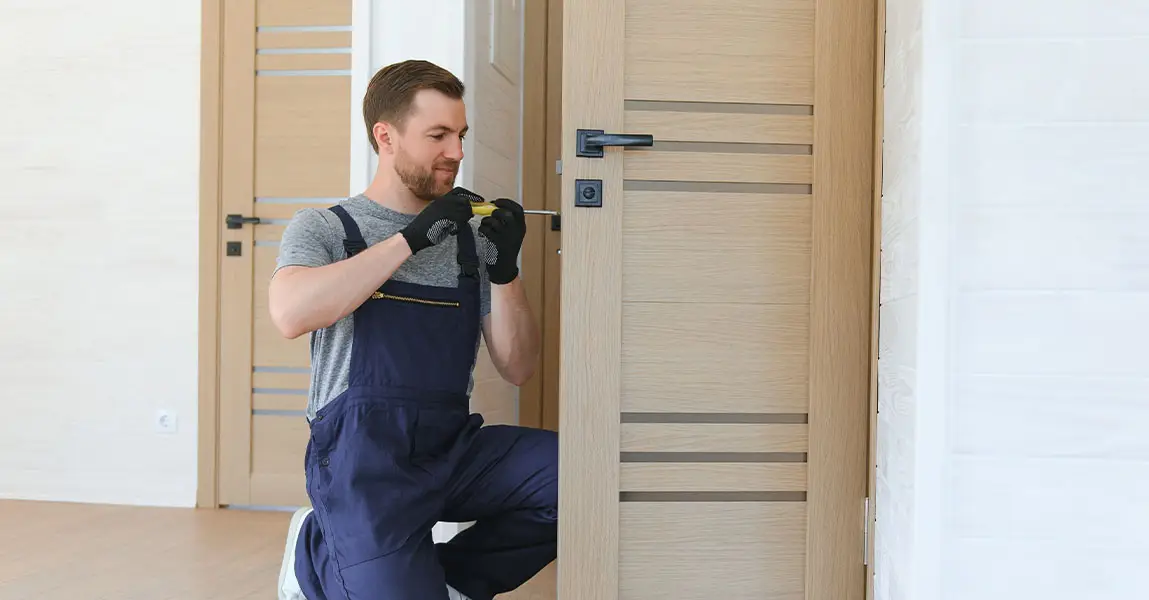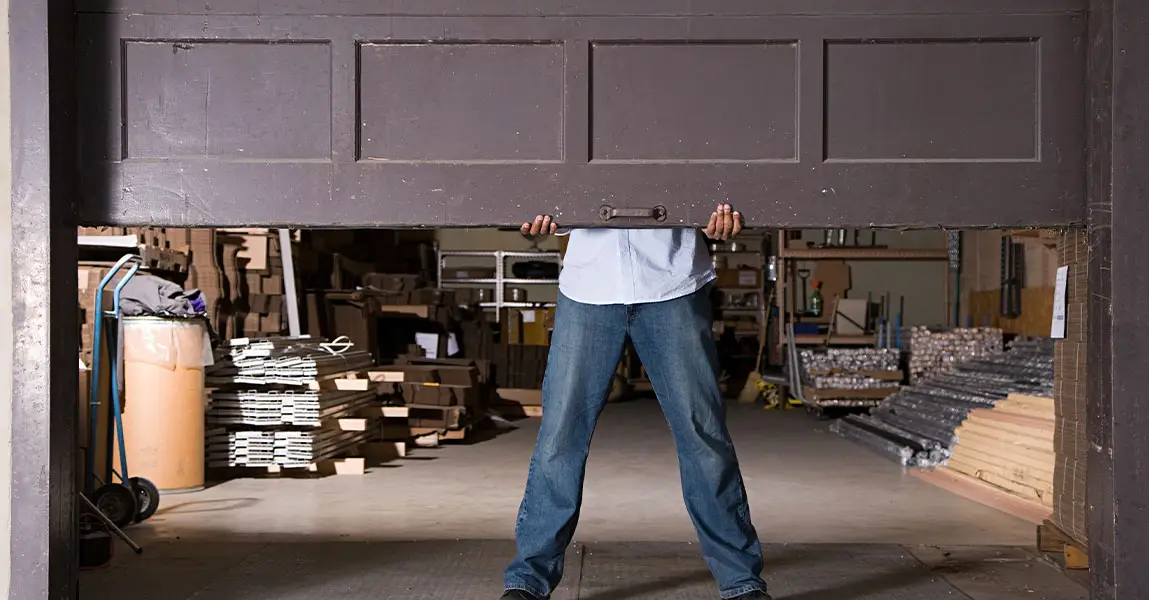Understanding the Hidden Risks in Older Homes
Many homes built before the 1990s still contain asbestos in different parts of the structure. Attics and basements often hold the highest risk because these spaces were commonly used for insulation, heating systems, and storage of building materials. Asbestos was valued for its fire resistance and durability. However, once disturbed, fibers can become airborne and pose serious health risks. We often find that these overlooked areas of a home hide materials that homeowners are not even aware of, making them common hotspots.
When we talk about asbestos exposure, the danger lies in inhaling the microscopic fibers that settle in the lungs. Over time, this exposure can cause diseases such as asbestosis, lung cancer, and mesothelioma. Our team at Asbestos Removal Calgary has seen how simple renovations in these spaces can release harmful fibers unknowingly. That is why identifying problem spots is an essential first step in keeping families safe.
Why Attics Are High-Risk Areas
Attics were one of the most common places asbestos was installed. Loose-fill insulation, sometimes referred to as vermiculite insulation, was often poured into attic floors and walls. This material frequently contained asbestos fibers, especially if it came from certain mines in North America. Even today, many homeowners store boxes or old furniture in their attics without realizing that the insulation beneath could release dangerous particles if disturbed.
Air movement also increases the risk in attics. When insulation breaks down over time, it can release fibers that circulate through vents, spreading into living areas. We have found that even small openings in attic spaces allow these fibers to travel, which creates a wider problem. Because insulation in attics is rarely replaced, it often remains untouched for decades, which makes it even more likely to contain asbestos.
Basement Risks and Old Building Materials
Basements were frequently built with asbestos-containing materials, especially around heating systems, pipes, and flooring. Old boiler insulation, duct wrap, and pipe lagging are some of the most common sources. These materials were used to prevent heat loss and reduce the risk of fire. Unfortunately, once they begin to deteriorate, they can release hazardous fibers. This is particularly concerning because basements are often damp, and moisture can accelerate the breakdown of asbestos-containing products.
Floor tiles and adhesives are another overlooked risk. Many basements in older homes still have vinyl floor tiles from the mid-20th century. These tiles, along with the adhesive beneath, can contain asbestos. We often remind homeowners that simply removing or sanding these tiles without precautions can release fibers into the air. For families finishing a basement, awareness of these hidden dangers is extremely important before any renovation work begins.
Signs of Asbestos in Attics and Basements
There are several signs that indicate the possible presence of asbestos in these spaces. In attics, loose, granular insulation that looks like small pebbles or grayish material may be vermiculite insulation. In basements, crumbling pipe insulation, old cement sheets, or nine-inch square floor tiles are common warning signals. We have also seen asbestos in textured paints or coatings that were applied to ceilings and walls in lower levels of homes.
It is worth noting that asbestos cannot be identified by sight alone. Testing is the only way to confirm its presence. Homeowners sometimes believe that newer paint or surface coverings make their homes safe. However, the original asbestos materials often remain underneath. That is why awareness and professional inspection are the safest routes when dealing with suspicious materials.
Health Concerns from Exposure
The health risks of asbestos exposure are serious and long-term. Inhaling fibers can cause scarring of the lungs, breathing difficulties, and in severe cases, life-threatening diseases. The biggest problem is that these illnesses usually take years to appear, which makes prevention even more important. Many people do not realize they were exposed until much later in life.
Children and elderly individuals may be especially vulnerable, as their lungs are either still developing or already weakened. That is why keeping homes free from exposure is a responsibility we take seriously. Even low levels of disturbance, such as moving stored items in the attic or repairing basement pipes, can release enough fibers to be harmful. Because of this, our approach always focuses on prevention and safe removal rather than risk-taking.
Safe Ways to Handle Suspected Asbestos
When we suspect asbestos in attics or basements, the most important step is not to disturb the material. Simple actions like sweeping, vacuuming, or trying to remove tiles can increase the danger. Instead, the best approach is to keep the area contained until professional testing and removal can be done. Our team emphasizes safety by sealing off affected areas and using specialized equipment to reduce exposure.
For homeowners, the safest choice is to contact professionals who are trained in proper removal methods. Specialized vacuums, protective clothing, and air monitoring are all part of the process. If you are unsure about potential asbestos in your home, it is better to pause your project and call in experts. Taking shortcuts with asbestos often leads to higher risks and more expensive cleanup in the long run.
The Role of Professional Services
Professional services are essential for safe and effective removal of asbestos in attics and basements. Our work involves detailed inspections, lab testing, and controlled removal to prevent fibers from spreading. For families planning renovations, this step provides peace of mind and ensures compliance with safety regulations. Attics and basements are especially sensitive areas because they often connect to ventilation systems that spread air throughout the home.
Our experience shows that many homeowners underestimate how much asbestos can be hidden in these spaces. By identifying and removing it properly, we help create safer living environments. If you are preparing for major repairs or remodeling, reaching out to a trusted service can protect both your health and your investment. For those looking for more details on professional solutions, you can learn more about asbestos removal Calgary.
Extra Tips for Homeowners
Beyond identifying asbestos, there are practical steps homeowners can take to reduce risks. One useful tip is to avoid storing items directly on attic insulation. Movement and pressure can disturb the fibers. Similarly, in basements, placing mats or rugs over old floor tiles may help reduce wear and tear that could release particles. While these are not permanent solutions, they can minimize immediate risks until proper removal is arranged.
Another useful step is keeping family members out of suspected areas until testing is complete. Children often play in basements, which can increase the chance of exposure if asbestos materials are present. For attics, limiting access is equally important. By treating these areas cautiously, homeowners protect their families while waiting for professional guidance. If you need advice specific to your home, reach out through our contact us page for support.
Frequently Asked Questions
How do I know if my attic insulation contains asbestos
You cannot tell by appearance alone. A sample must be tested by a certified lab to confirm whether asbestos is present.
Are newer homes safe from asbestos
Most homes built after the 1990s are less likely to contain asbestos, but older materials can still be present if the house was remodeled with leftover products.
Is it dangerous to live in a house with asbestos if it is undisturbed
Asbestos is less risky if it remains sealed and intact, but any disturbance such as drilling or renovations can release harmful fibers.
Can I remove asbestos by myself
It is not recommended. Professional training and equipment are necessary to remove asbestos safely without spreading it further.
What should I do if I think my basement floor tiles contain asbestos
Avoid removing or sanding them yourself. Contact a professional service to test and safely handle the material.











